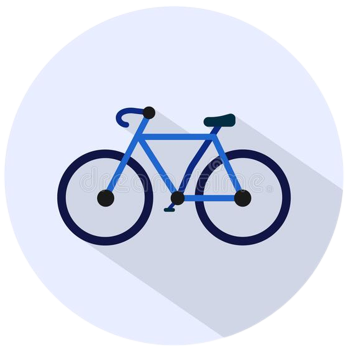How do you give a purpose for reading?
One way to set a purpose for reading is through questioning. Create a series of questions that shape students’ reading so that, as students read they “see” the text through different lenses, and peel away layers to reveal deeper meaning each time they read.
What is the first step in setting a purpose for reading?
Set a Purpose for Reading
- Introduction: Set a Purpose for Reading. Before you read, set a PURPOSE, or REASON, for reading.
- Step 1: For Example, Your PURPOSE May Be. *To gain information.
- Step 2: In Order to Set a Purpose. *Preview the text to get a general idea of what it is about.
- Step 3: Ask and Answer Questions.
What is the purpose and types of reading?
According to Grabe William and L. Fredrika (2002), the category of purpose for reading includes are: reading to search for simple information, reading to skim quickly, reading to learn from text, reading to integrate information, reading to write, reading to critique texts and reading for general comprehension.
Why should you set a purpose for reading quizlet?
It slows down the reading process and allows students to monitor their understanding of a text.
Why is having a purpose important in academic reading?
To make the most of your reading, you need to be able to identify your purpose. In many cases, this purpose will be identified in questions included in the Unit Handbook or Study Guide. These questions will make it easier to understand what you are reading.
What is the purpose of reading for a student?
Stronger Memory Skills Think about reading. Even an elementary age child with a relatively simple book must keep in mind a group of characters, the setting, and past actions. Reading helps to strengthen memory retention skills. That’s a powerful tool for young students – and older adults, as well.
What is not part of determining an effective setting for focused reading?
What is NOT part of determining an effective setting for focused reading? The evening.
